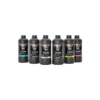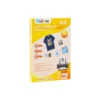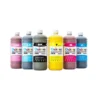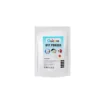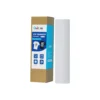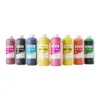Causes Of Sticky Powder Problems In DTF Powder
First, we need to understand why this is happening. It’s usually caused by one of several issues.
If the powder is sticking to the film to a particularly severe degree, it is possible that these problems are occurring at the same time to cause the problem. This is something you need to judge in context.
Excessive Ink Usage In The Pattern
Some designs, due to their intricate artwork, may require excessive ink during printing. Therefore, this can lead to incomplete ink absorption or drying. which in turn leads to excessive adhesion of the hot melt powder.

Wrong Choice Of Hot Melt Powder
Either the hot melt powder’s particle size or type is incompatible with the ink or film being used. The powder’s flowability or melting temperature doesn’t meet the printing process requirements.
Information about the particle size and type of hot melt powder can be found on the product page, click here.
Insufficient Baking Temperature Or Time
The hot melt powder fails to fully melt and fix on the surface of the pattern. Just like food, not baking will naturally affect the taste. Baking DTF hot melt powder requires a specific oven, and the oven should be set at a good temperature.
The melting point of hot melt powder will vary according to the material. Low temperature powder 85-90 degrees melting point, regular specification PU powder melting point in the 100-110 degrees range.
The baking temperature should be micro-adjusted according to the difference in temperature measurement of different heating and baking equipment, and the conventional setting is 0-20 degrees higher than the melting point.
Surface Issues of DTF Films
Roughness of the film surface or problems with the quality of the coating result in uneven adhesion of the hot melt powder. Powder that has been melted by baking adheres to the film, so problems with the film can also lead to sticky powder.
It is also common for the powder to partially stick to the surface of the film. See also: How To Deal With Partial Powder Adhesion In DTF Film?
High Ambient Humidity
A working environment with too much humidity can lead to slower ink drying, while the hotmelt powder may become damp and reduce its performance. Control over the temperature environment is critical for DTF printing.
It should be noted that the phenomenon of “snowflakes” on the film is not the same thing as sticky powder. They do not have the same cause. The cause of “snowflakes” is mainly due to the ink moisturizer, while the sticky powder is largely related to the treatment. To learn what the snowflake phenomenon is, read on: What Is Snowflake-like Artifacts on DTF Film
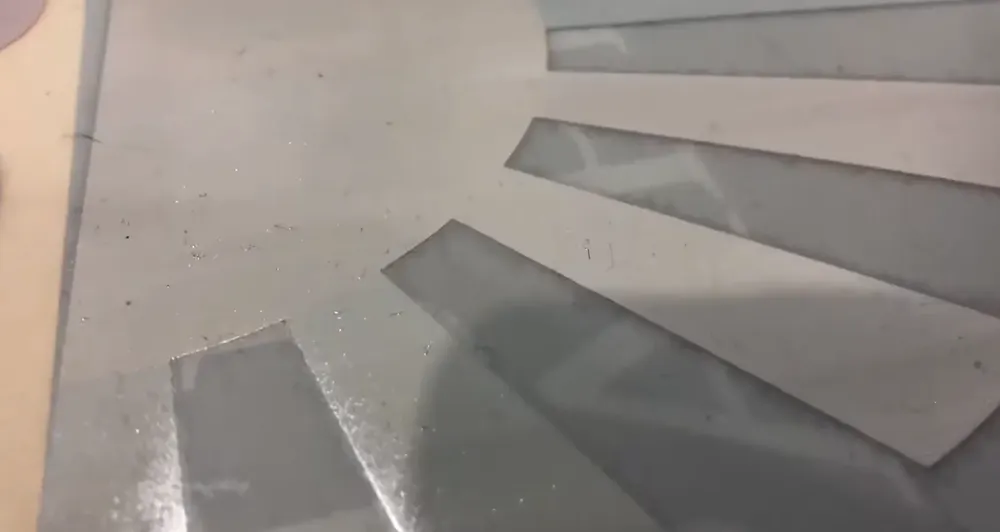
How To Solve The “Sticky Powder” Of DTF Powder
In conclusion, after knowing the cause of the “sticky powder” phenomenon, the next thing to do is to try to adjust and determine the cause. We can make adjustments according to these reasons.
Adjusting Printing Parameters
Reduce the amount of inkjet: Adjust the ink output according to the complexity of the pattern to avoid excessive ink buildup.
Appropriately extend the drying time: Before spreading the hot melt powder. Make sure the ink surface has a certain degree of dryness to prevent excessive adhesion of the powder.
Choosing The Right Hot Melt Powder
Matching particle size: The common particle size is 20-80 microns. Choose the suitable type of powder according to the ink and film material.
High quality hot melt powder: Ensure the quality of hot melt powder. Choose the powder with good surface fluidity and stable melting point.
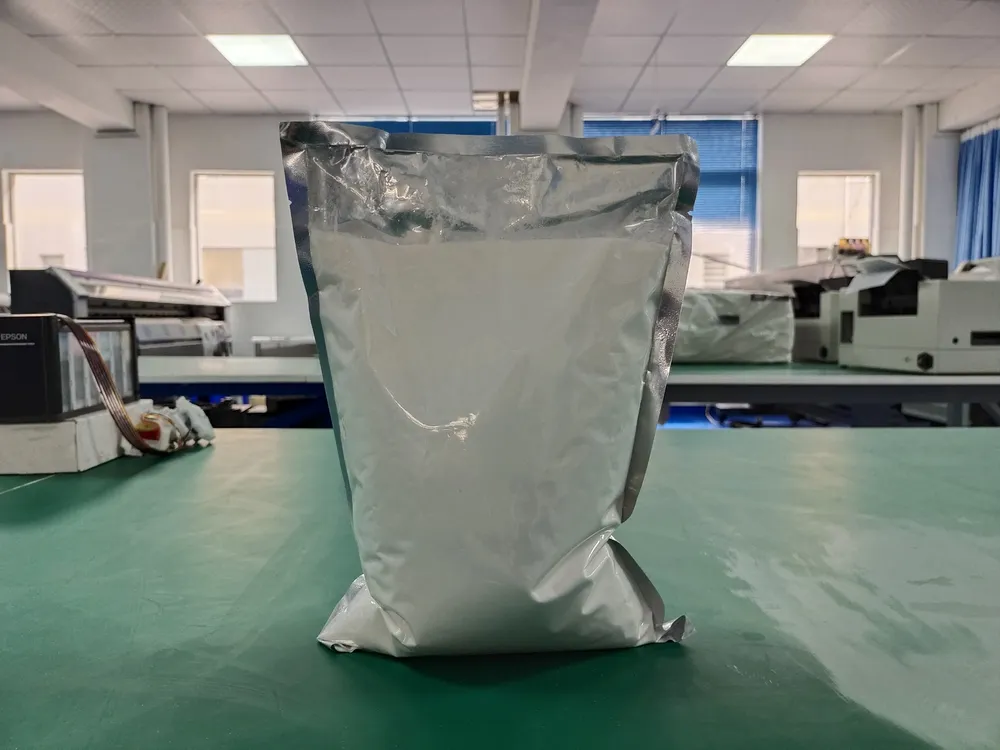
Optimization Of The Baking Process
Adjust the temperature and time: It is recommended to control the baking temperature at 110°C-150°C. Depending on the type of hot melt powder. Control the time at 2-3 minutes to ensure that the powder melts evenly but does not flow.
Check the oven performance: Make sure the temperature is evenly distributed to avoid sticking problems due to localized overheating or underheating.
Improving Environmental Conditions
Control humidity: Control the humidity at 40%-60%. Especially in rainy season or humid environment, dehumidifier can be used to improve the condition of working area.
Avoid air pollution: Keep the working environment clean to prevent dust or impurities from interfering with the adhesion effect of hot melt powder.
Replace or adjust DTF film
Ensure that the coating of DTF films is uniform and suitable for the process requirements of the inks and hotmelt powders used. Different brands or types of films can be tried to find the best match.
Checking the dusting process
Spreading powder evenly: using automatic powder spreader can improve the uniformity of powder distribution and avoid excessive sticky powder or leakage problems.
Appropriate cleaning of excess powder: You can use the vibrating platform to gently shake off the excess hot melt powder to avoid excessive accumulation.
How To Avoid The Next “Sticking” Of DTF Powder?
Not wanting to have a succession of sticky powders requires you to have good work habits. And you can try the following three suggestions:
- Standardized operation process: record and optimize process parameters such as printing, dusting and baking to form a stable process standard.
- Regular equipment maintenance: check the working status of equipment such as printers, dusters and ovens to ensure good performance.
- Testing and improvement: according to different product requirements and environmental conditions, conduct small batch testing and gradually adjust the parameters.

Conclusion
Sticky powder problems can usually be solved by adjusting the inkjet volume. Choosing the right hot melt powder, optimizing the baking process and improving the environmental conditions.
In short, I suggest that you combine the actual production situation. Utilize the above methods to gradually troubleshoot and improve to ensure the final printing and transfer effect.


